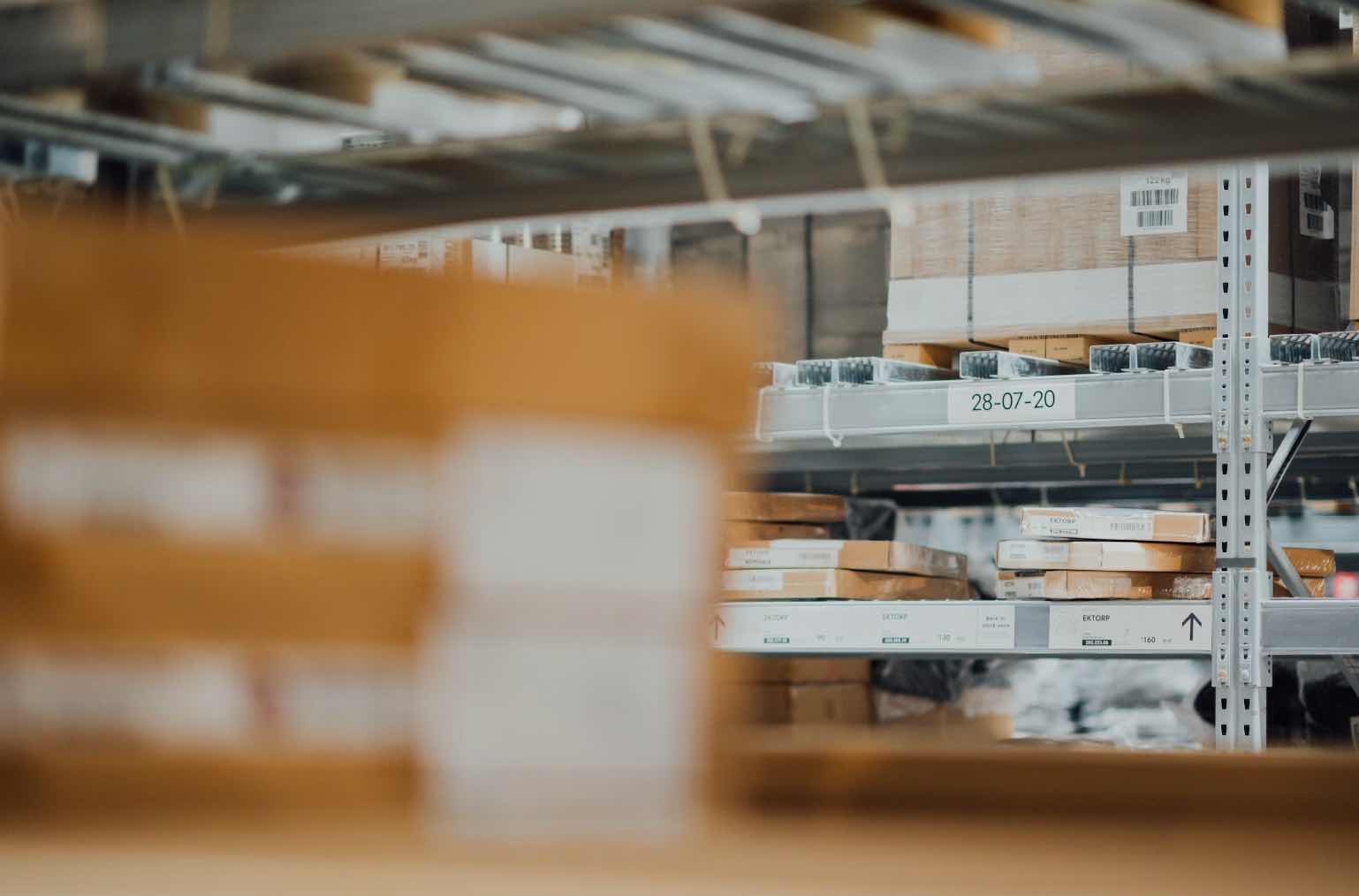
01 Dec Winterizing Your Commercial Space: Strategies to Ward Off Water Damage and Mold
As the cold season approaches, preparing your commercial building to face the harsh elements becomes imperative. Winter can be particularly harsh on buildings, posing risks of water damage and mold growth. This blog post will explore comprehensive strategies and innovative ideas for winterizing commercial spaces, ensuring they remain dry, safe, and mold-free during the colder months.
- Conducting a Thorough Building Inspection: Start by emphasizing the importance of a detailed building inspection before the onset of winter. This includes checking the roof, windows, doors, and plumbing for potential vulnerabilities.
- Enhancing Insulation and Ventilation: Discuss the dual role of insulation and ventilation in keeping the building warm and preventing moisture buildup, which is a precursor to mold.
- Roof Maintenance and Repairs: Offer advice on maintaining and repairing the roof to prevent water seepage, including cleaning gutters and inspecting for damages.
- Plumbing Precautions: Share tips on protecting plumbing from freezing, such as insulating pipes and maintaining a stable indoor temperature.
- Addressing Exterior Drainage Issues: Discuss the importance of proper exterior drainage to prevent water accumulation around the building’s foundation.
- Installing Moisture Detection Systems: Introduce the idea of installing advanced moisture detection systems that can alert building managers to potential water intrusion.
- Creating a Snow Removal Plan: Emphasize the need for a proactive snow removal plan to prevent ice dams and excessive snow load on the building.
- Preventing Mold Growth: Share innovative ways to prevent mold growth in commercial buildings, including the use of dehumidifiers and mold-resistant materials.
- Emergency Preparedness for Severe Weather: Discuss preparing for severe winter weather, including having an emergency response plan and necessary supplies.
- Regular Maintenance and Monitoring: Stress the importance of regular maintenance and monitoring throughout the winter season to quickly address any emerging issues.
Conclusion: Preparing your commercial building for the cold season is a crucial step in protecting your investment and ensuring the safety and comfort of its occupants. By implementing thorough inspections, enhancing insulation, maintaining the roof and plumbing, and taking proactive measures against water damage and mold, you can effectively winterize your commercial space. Regular maintenance and a readiness to respond to severe winter conditions will further ensure your building weathers the cold season unscathed.

